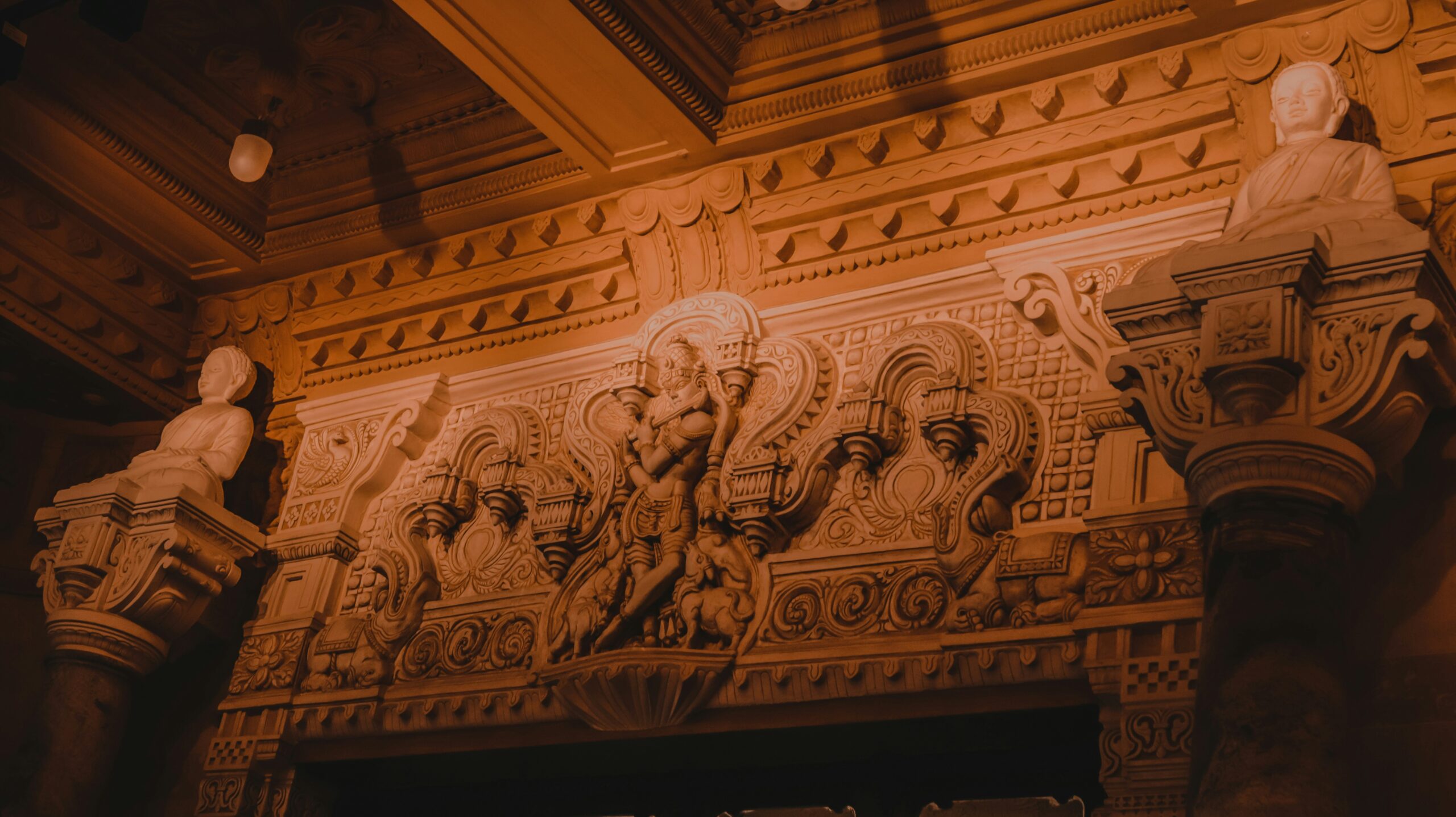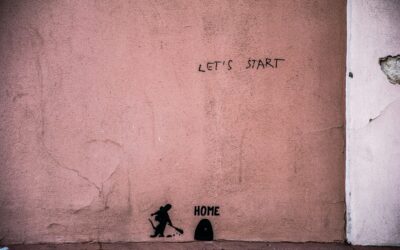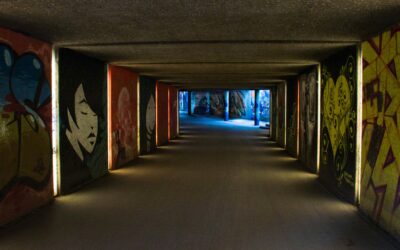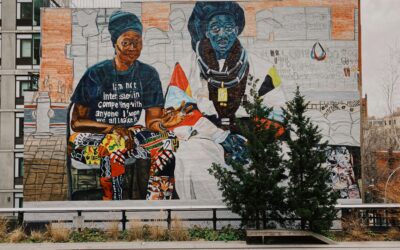Behind every piece of art lies a fragment of time—capturing stories, values, and identities that define humanity. From prehistoric cave paintings to contemporary digital installations, art has long served as a visual record of culture. It is not merely a decorative expression but a powerful archive of civilization.
Art as a Visual Archive
Long before written language, humans expressed themselves through art. Cave paintings, primitive carvings, and symbolic figures were the earliest ways to document collective experience. These artifacts hold more than aesthetic value; they are historical testimonies that reveal how early communities lived, believed, and evolved.
As civilizations advanced, so did the use of art to document spirituality, politics, and social structure. Egyptian wall paintings, Greek sculptures, and temple reliefs in Southeast Asia all demonstrate how art has captured the essence of their respective eras.
Every Era, Every Style
Art changes with time, and each artistic style reflects the spirit of its era. The Renaissance revived humanism and emphasized clarity and realism, signaling a new relationship between man and the divine. The Baroque period, rich in movement and emotion, mirrored Europe’s religious and political turbulence.
In Indonesia, the shift from traditional to modern art reflected changing identities and social consciousness. Artists like S. Sudjojono used bold brushstrokes and vivid themes to tell stories of nationalism, resistance, and personal struggle.
Art as Critique and Testimony
Art has also served as a voice for dissent. During turbulent times, artists have turned to visual media to express protest or reflect on collective trauma. The Dada movement, for example, emerged as a reaction to the absurdity of World War I, while today’s street artists often address environmental issues, inequality, and identity.
In Indonesia, many artists during the New Order era used symbolism and metaphor to bypass censorship, embedding criticism and resistance in their artwork.
Preserving Collective Memory
Art plays a crucial role in preserving a society’s collective memory. Monuments, historical murals, and sculptures of national heroes offer ways for the public to engage with history outside of textbooks. Art makes history feel present—relatable and emotionally resonant.
By preserving historical moments through visual representation, we safeguard stories that might otherwise be forgotten.
Digital Art: A New Historical Record
Today, the emergence of digital media transforms how art documents history. Digital illustrations, animation, virtual reality, and augmented reality are now part of the cultural narrative. These new forms continue art’s legacy as a witness of its time—only now with tools that allow for interactive and global engagement.
Conclusion: Looking Back to Move Forward
Art is more than a product of its time—it is a dialogue between the past and the present. It invites us not just to observe history but to feel it, reflect on it, and learn from it. Every brushstroke, sculpture, or digital render tells a story of who we were, who we are, and who we are becoming.
By preserving and appreciating art, we preserve our history—and in doing so, we keep our culture alive.




